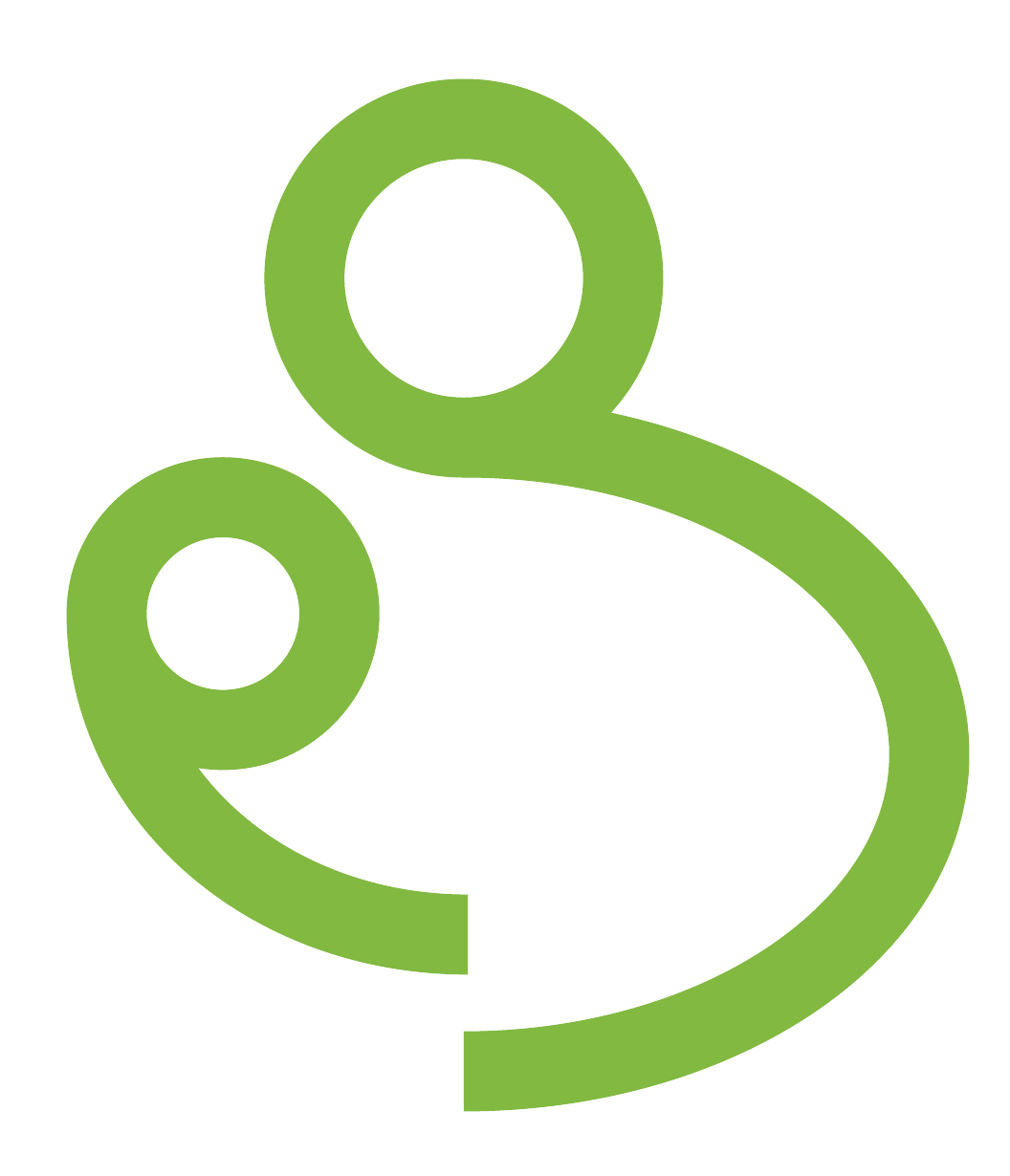What causes head asymmetry?
Head asymmetry can be evident from birth in about 13% of babies due to in utero moulding of the shape of the baby’s head; in most cases rapid correction of the baby’s head shape occurs soon after birth. Most cases of head asymmetry develop after birth becoming apparent to the parents or to a health care professional between four to eight weeks of age. The head asymmetry typically affects one side of the occipital bone or the back of the head. The issue of head asymmetry has become more common as a result of the baby on the back program to reduce the incidence of SIDS.
Head asymmetry is caused by constant pressure on one part of the back of the head and this tells us that the baby is not able to turn their head properly to both sides resulting in positional preference. Babies that develop head asymmetry have been found to have a positional preference and to also have restricted neck function.
Our clinical experience at Chiropractic Children’s Healthcare indicates that most of the cases we see with occipital plagiocephaly have dysfunction affecting the upper cervical spine. Chiropractors specialise in and are specifically trained to correct this type of issue when it affects the cervical spine.
What is the long term effect of plagiocephaly or head asymmetry?
Prior to the year 2000 the general opinion within the medical community was that there were no long term issues with head asymmetry as it was just cosmetic. This belief was shown to be incorrect as a result of research published in 2000, which found that 39.7% of the children with persistent deformational plagiocephaly had received special help in primary school. Only 7.7% of siblings required similar help. Problems noted related to subtle problems of cerebral dysfunction that were manifest during the school age years involving language disorders, learning disability and attention deficits.(1) This was confirmed by in 2007 by research which reported that 33% of the cases diagnosed with deformational Plagiocephaly in infancy went on to need learning assistance with 14% in special class. Long term outcomes were no different between with or without helmet use. (3)
In 2002, research found that most of the infants with Plagiocephaly had impaired central sound processing and have an elevated risk of auditory processing disorders. (4) Then in 2005, research found that 35% of infants with deformational plagiocephaly had altered visual field development. (5) Unfortunately many are unaware of this research and continue to regard occipital plagiocephaly as a cosmetic issue requiring no treatment or management.
What is the short term effect of plagiocephaly or head asymmetry?
In 2001, research was published which this time looked at the short term effects of head asymmetry (6). The group with plagiocephaly were tested at an average age of 8 months, 0% of the subjects in the plagiocephaly group were accelerated, 67% were normal, 20% had mild delay and 13% had significant delay. This study indicates that before any intervention, babies with plagiocephaly demonstrate delays in cognitive and psychomotor development by an average of 8 months of age.This was confirmed in 2009 by research looking at 287 infants with deformational Plagiocephaly and found that 36% showed developmental delay. (7)
We can see from this research that occipital plagiocephaly is associated with cognitive and psychomotor developmental delays in 33% of babies by 8 months of age and that this can persist resulting in 39.7% of children with persistent occipital plagiocephaly going on to experience learning difficulties and attention deficits when attending primary school.
Does helmet therapy help plagiocephaly or head asymmetry?
Helmet use improves the head shape of babies with plagiocephaly and helmet therapy is being used up to 18 months of age with the best result obtained prior to 12 months of age. However, the research has indicated that the use of helmets did not alter the long term issue with learning difficulties: about 40% of the helmet group later experiencing learning difficulties which was the same percentage as the untreated group.(1) Using helmets on their own will improve the head shape but will not alter the associated problem of brain development in babies with plagiocephaly.
How is plagiocephaly managed?
Home positional managment of the infant involving enouraging the infant to spend time with the head turned to the non flat side when supine is important to help the head shape improve. Poorly responsive or more severe case of head asymmetry may be referred for helmet therapy. If there is involvement of the neck muscle (such as a sternocleidomastoid tumor) then stretching exercises are usually part of the program of care. It is important to resolve any issue regarding muscle contracture as early as possible to minimize the possibility of later need for surgical correction of the muscle issue.
References:
1. Miller, R. I. and S. K. Clarren (2000). "Long-Term Developmental Outcomes in Patients With Deformational Plagiocephaly." Pediatrics 105(2): e26-
2. Slate RK, Posnick JC, Armstrong DC, et al: Cervical spine subluxation associated with congenital muscular torticollis and craniofacial asymmetry. Plast Reconstr Surg 1993;91:1187-1197.
3. Steinbok P, Lam D etal. Long-term outcome of intants with positional occipital Plagiocephaly. Child Nerv Syst (2007) 23:1275-1283
4. Balan P, Kushnerenko E, et al. Auditory ERPs Reveal Brain Dysfunction in Infants with Plagiocephaly. Journal of Craniofacial Surgery (2002) 13(4):520-525
5. Siatkowski RM, Aaron CF et al. Visual field defects in Deformational Posterior Plagiocephaly (2005) Journal of AAPOS 9(3):274-278
6. Neurodevelopment in Children with Single-Suture Craniosynostosis and Plagiocephaly without Synostosis. (Plast. Reconstr. Surg. 108: 1492, 2001.)
7. Hutchinson BL, Alistair WS et al. Characteristics, head shape measurements and developmental delay in 287 consecutive infants attending a Plagiocephaly clinic. Acta Paediatrica (2009) 98(9):1494-1499

